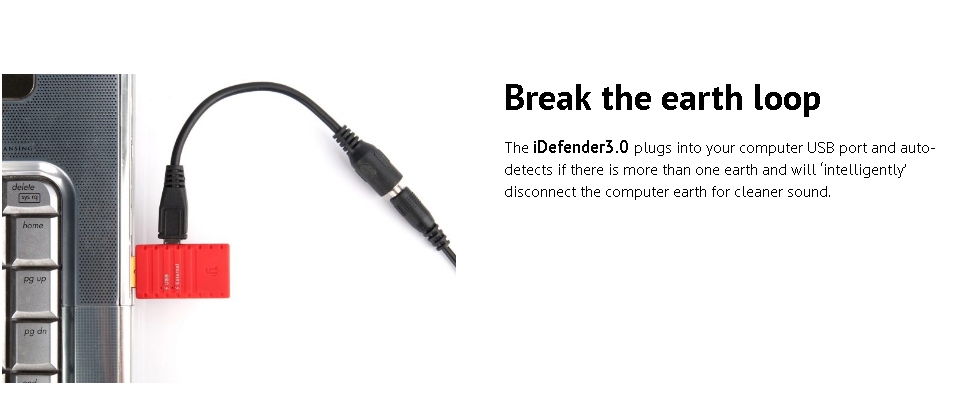sajunky
Headphoneus Supremus
Not true. The only reason you hear a difference is that with the increased lenght of cable the area of a loop is increasing, collecting more EMI from arounds. And then it comes to the wrong conclusion. A truth is that reclocking devices work only because there is redirection of ground loops to the reclocking device. A proof is there: DI-20 do not do reclocking of USB source, but works better than competetive reclocking DDC's.USB errors are more common than you think, because there is no error correction in isochronous transfer. So the quality matters and so is the distance.
You can try running on 3m USB cable, and a 1m cable, with the same contruction, the difference will be obvious. Then if you add a reclocker you won't be able to hear the difference between a 3m or 1m one.
I truly support my statement. USB errors only happen when cable lenght increase above 5 meters. Such distance can be extended by regenerating USB frames, every hub does. You can daisy chain maximum 5 hubs. It means that your total cable lenght can be extended to the 25 meters and there is still no USB errors! Engineers who designed such system made it part of a standard. USB transfer is still bit-perfect, but ground loop surface area is increasing dramatically.
I had a power surge recently (blowing up USB hard drive and a hub) and my laptop USB ports are not well, leaking a noise from the power supply, so I suspected USB errors and made number of test monitoring USB traffic. One thing I discovered that current Amanero drivers do not use audio type asynchronous transfers, but a bulk mode like when working with hard drives. This is reported in the other thread (don't worry, transfers are still synchronised with a DAC clock, Musiland dongles use this mode). The other observation is that on the 2m ordinary quality cable USB powered hard drive still do not report errors, so no retransmission takes place. Over a dozen hours, not a single error!






















